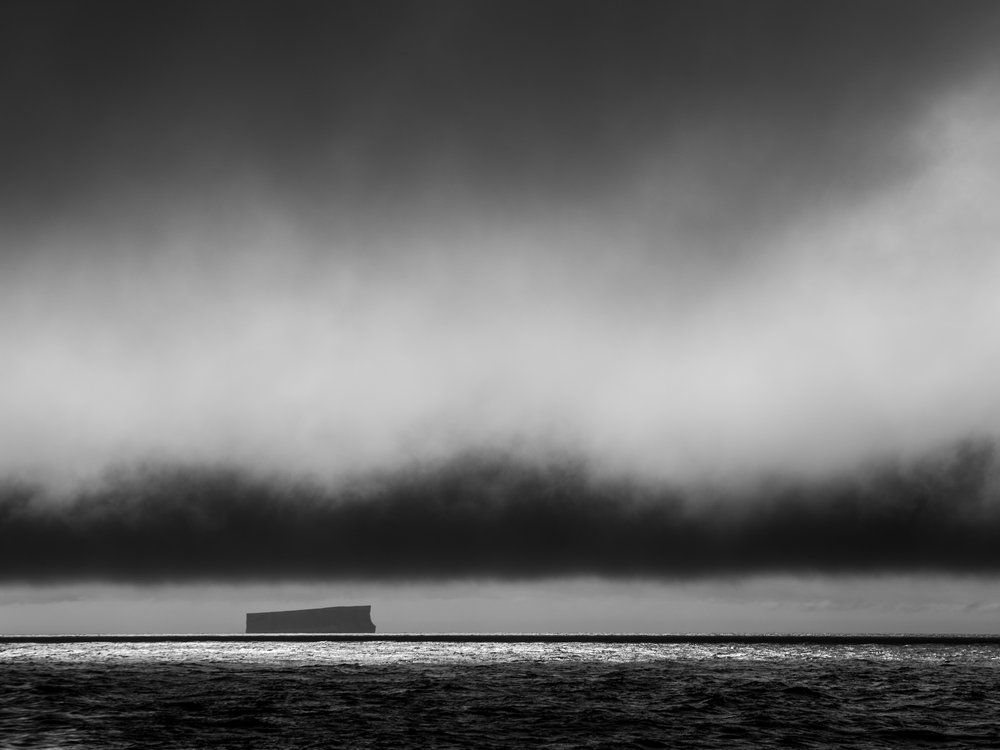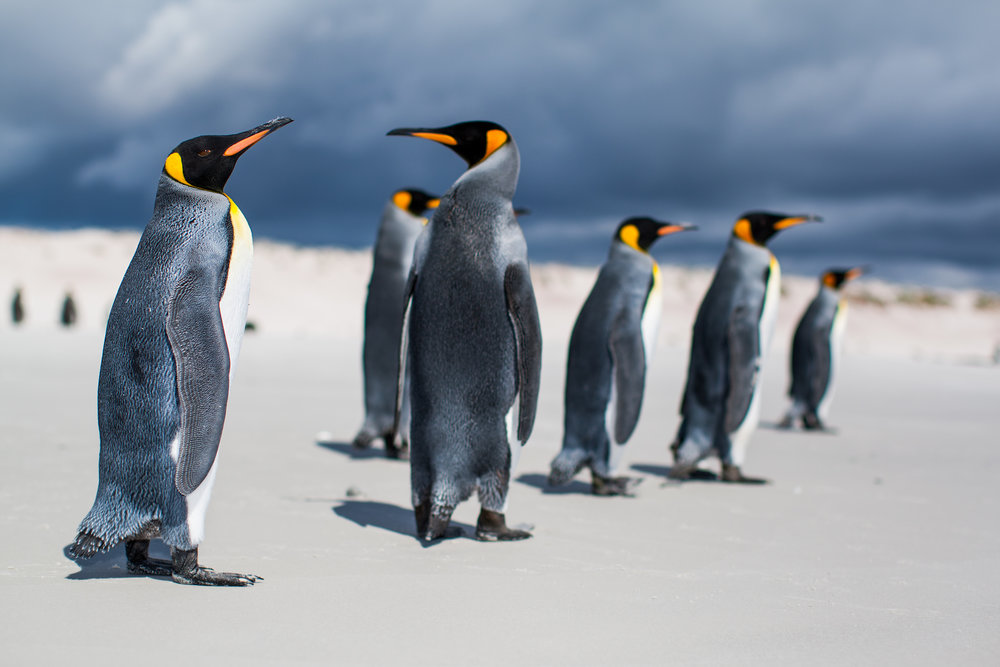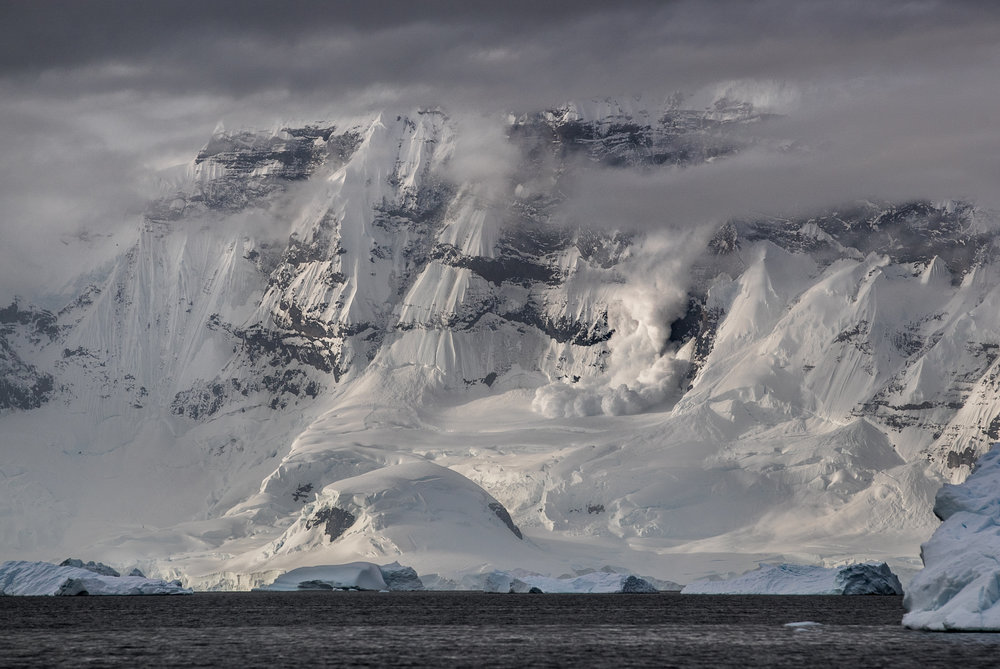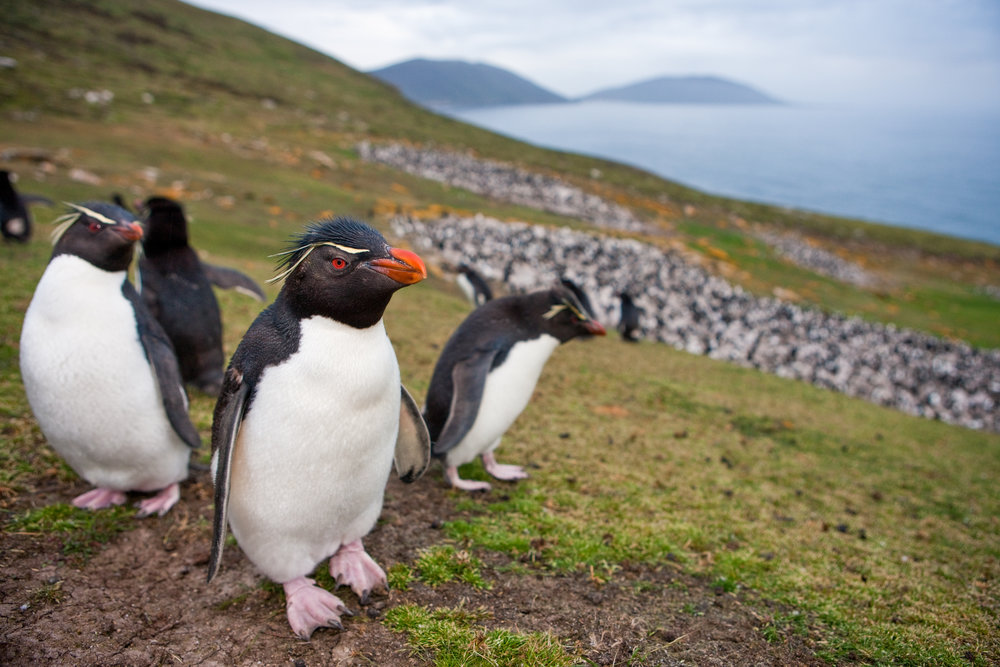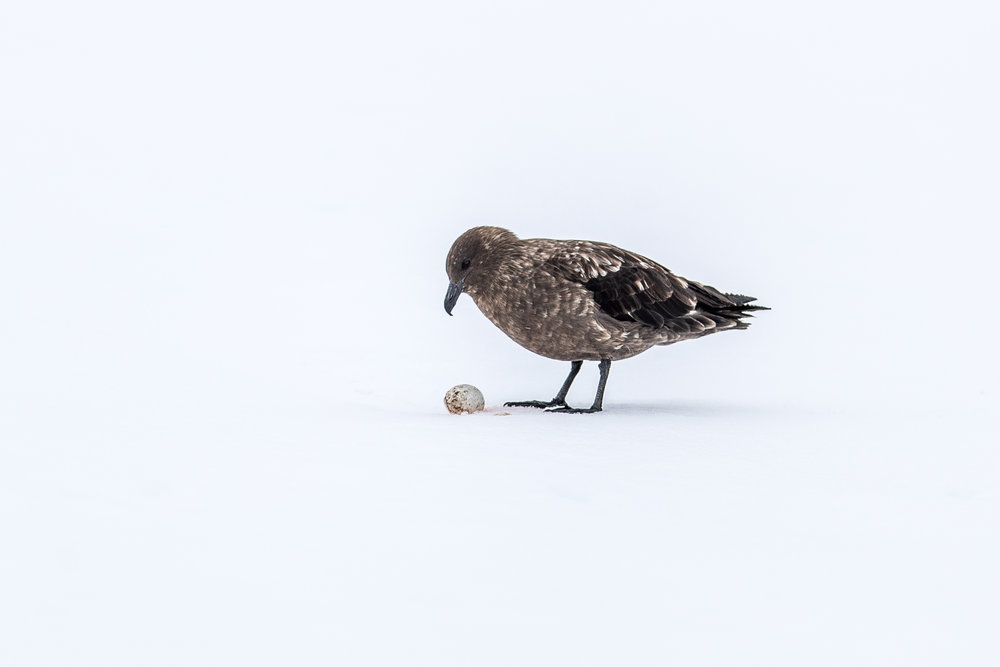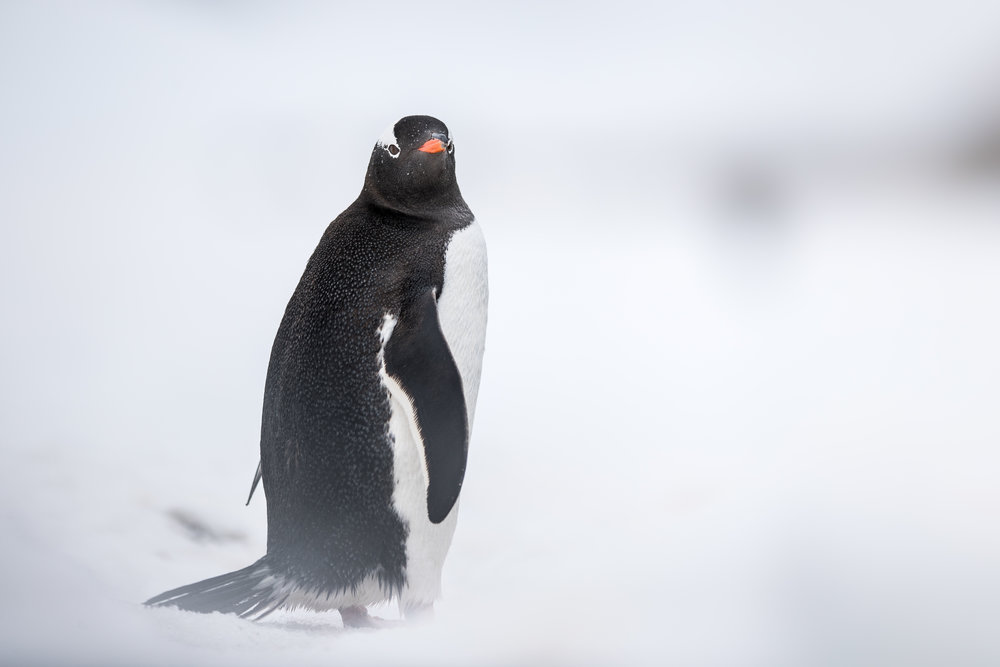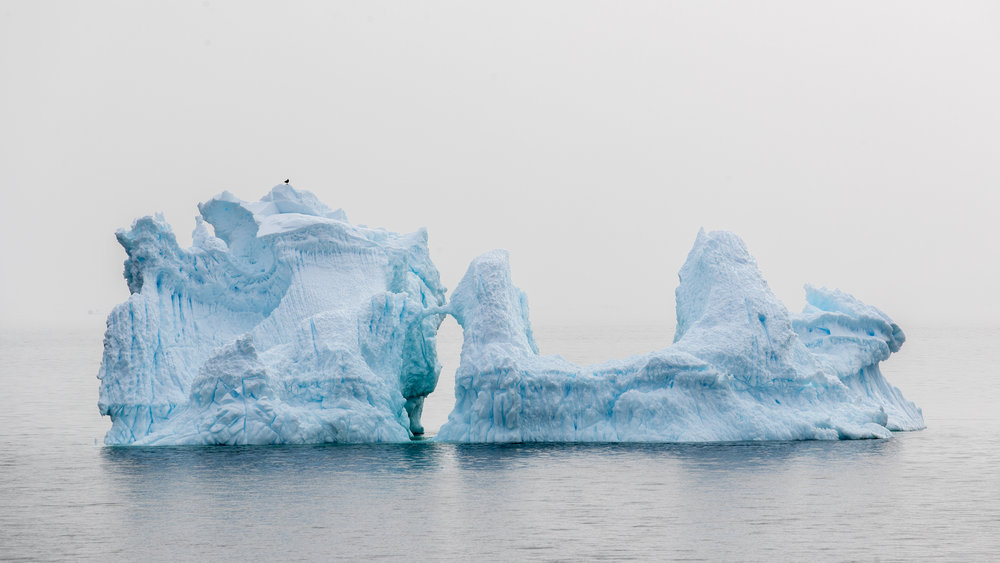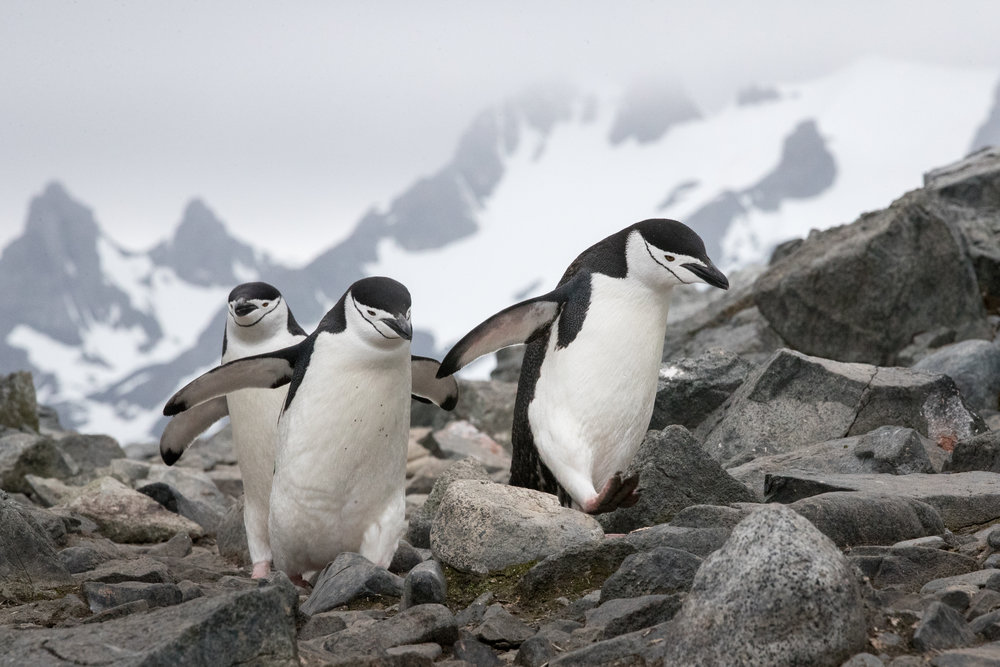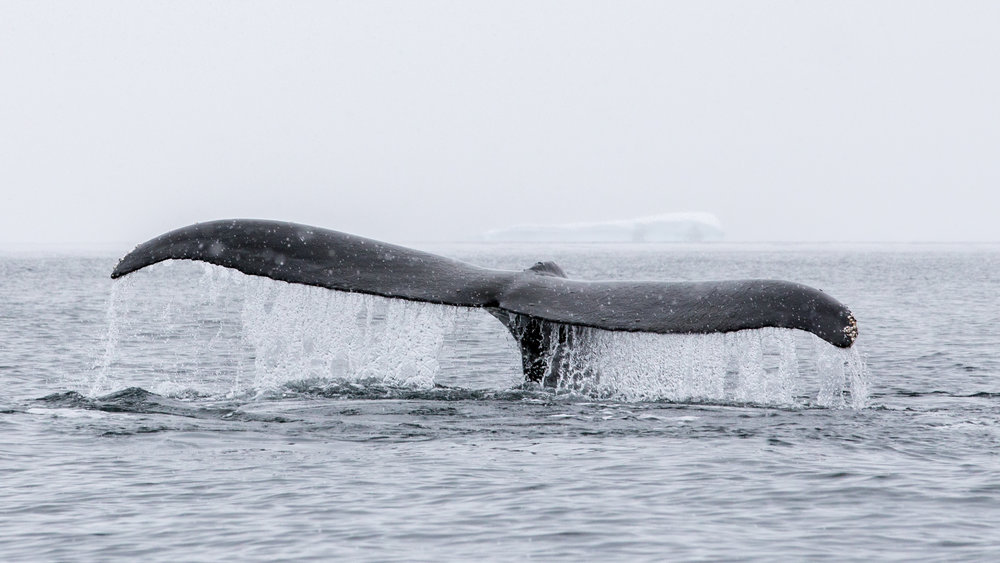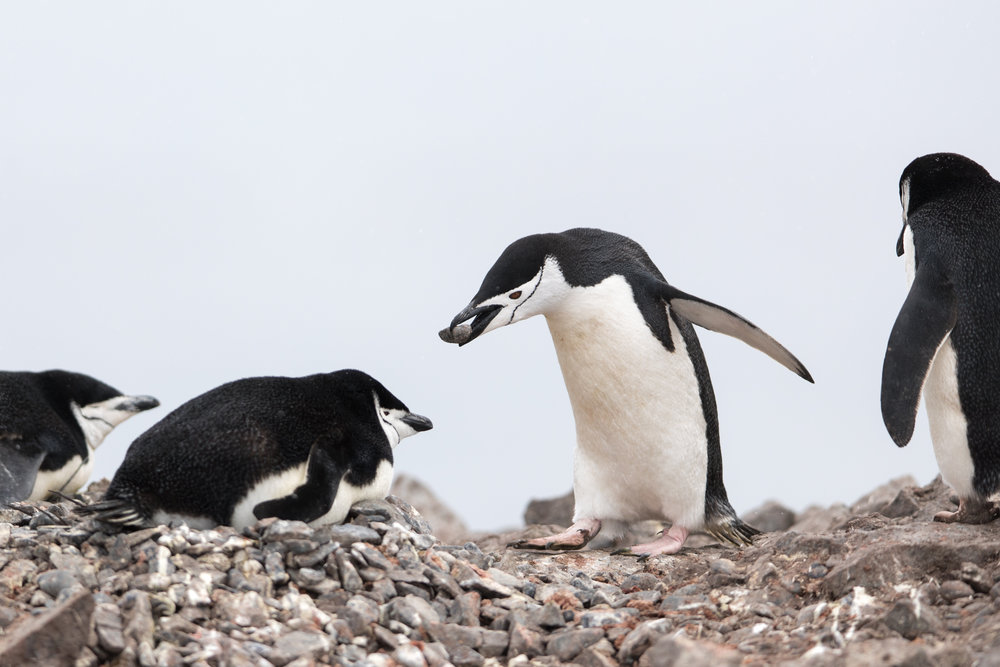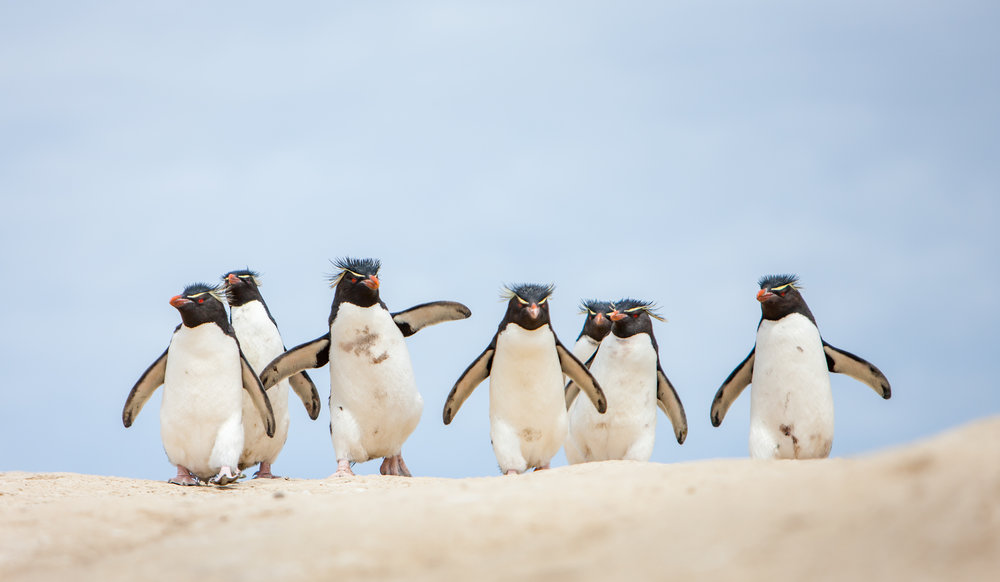
Few places on Earth are as remote, or as inhospitable to life, as Antarctica and the Subantarctic Islands.
Will Burrard-Lucas recalls, “On first visiting this frozen land, the sense of being a visitor to an alien world was almost overwhelming. As a photographer, how could I start to convey the essence of this place through images alone? How could I capture the sense of wilderness, the abundance of wildlife, the harshness of the environment and staggering beauty of the landscape?”
Now, after several trips to region, Will feels like we has started to chip away at this challenge. So, to help our group of future Antarcticans that join us on our expeditions, he decided to share some of the lessons he has learned after numerous trips to Antarctica and the Subantarctic Islands.
With so much wildlife, interesting behavior is all around
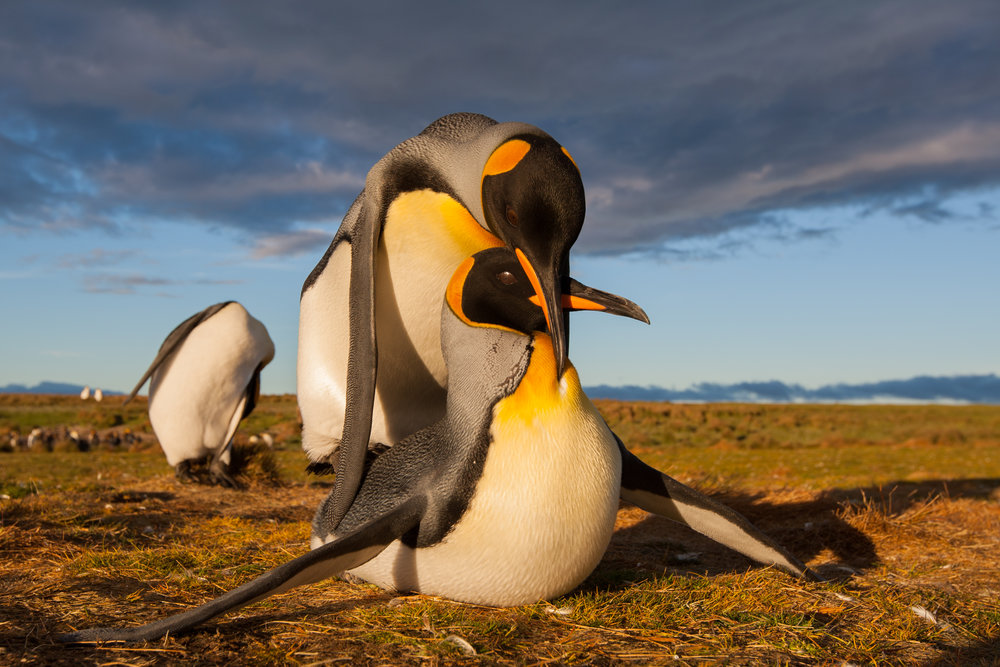
Being confronted with a penguin colony can be sensory overload. In every direction busy birds can be seen going about their days—building nests, tending eggs or chicks, chasing off predatory skuas, and squabbling with one another. Knowing which point to point your camera at can be a tremendous challenge!
In these situations Will says he learned to pick out a few birds and then just wait and watch. By being patient you will find that natural behavior unfolds in front of you and when it does you will already be in the perfect position to capture it.
Something else happens as well—the birds in these places have no innate fear of humans, and so are actually quite inquisitive. If you sit down and remain still you becoming even less threatening and often birds will come up and check you out. Penguins will also start pecking at your sleeves and shoelaces! This makes for great wide-angle portraits.
Capture portraits with personality
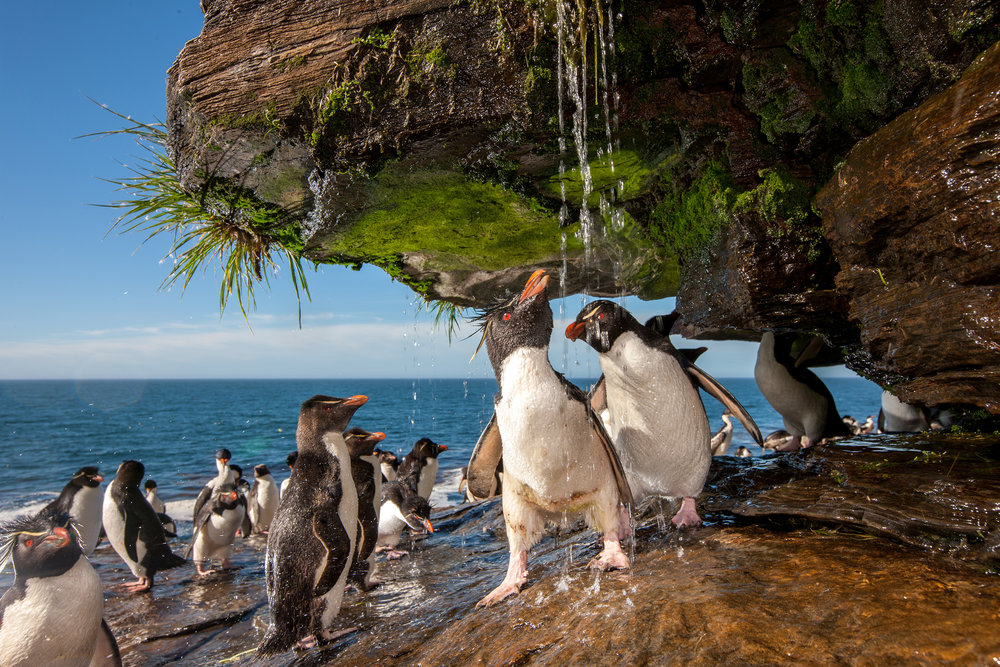
Few birds are as interesting and fun as penguins. So try to capture their personalities in your photos. The single most important thing you can do to capture impactful wildlife portraits is to get down low, on the same level as your subject. For penguins this either means lying down in the snow or flipping out the screen on your camera and holding it down below your knees. The low perspective not only helps the viewer connect with the animal, it also moves the background out of the plane of focus, which isolates your subject and helps make it “pop”.
To capture a successful portrait, you need to make sure your focus is spot on. For animals, this means making sure the eyes are tack-sharp and then selecting an aperture to give you the depth of field you need. If I’m photographing a single animal, I often shoot wide open to get a shallow depth of field and isolate my subject. Penguins hop around surprisingly quickly and with a telephoto lens, you don’t have a lot of leeway in terms of focal plane. I therefore recommend shooting in continuous auto-focus mode and placing a single focus point over the eye so that the focus is continually updated until the moment the shot is taken. This means you have to practice moving your focus point around the frame quickly in order to recompose your shots. Sometimes cameras might mis-focus slightly, or the animal might blink and you might not realize this at the time—and so, Will recommends capturing 2 or 3 shots at a time just to be safe.
It’s not just the about wildlife but the habitat as well
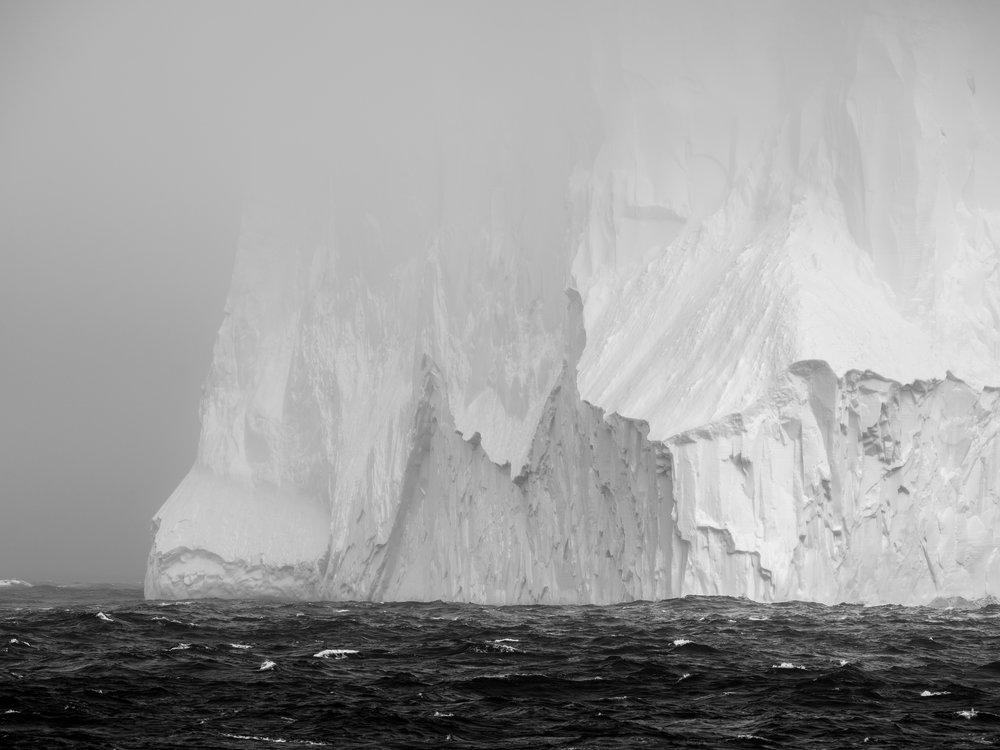
It was the wildlife that first drew Will to Antarctica, but it was the landscapes that blew him away; imposing jagged peaks, glaciers tumbling into the ocean and beautifully sculpted icebergs set a spectacular stage. Whenever possible look for scenes where You can show the animals in their environment. Often this means trading the telephoto lens for a 70-200 or 24-70. These will be the type of images that capture the essence of Antarctica.
The weather can be a challenge but also an opportunity to capture something different
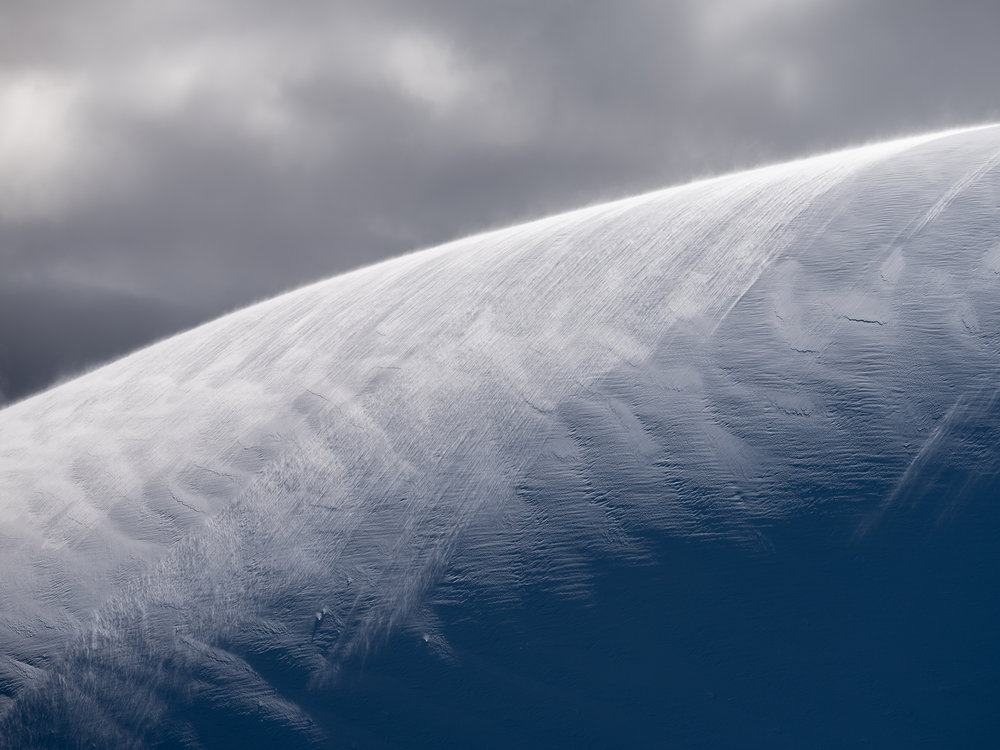
The weather in this part of the world can be both unpredictable and extreme. As a result, you never quite know what today, or the next day, has in store for you. Rather than being an inconvenience, Look at the diverse weather as an opportunity to capture interesting images. Maybe it is fierce wind whipping snow over the crest of a hill, giant snowflakes drifting down over a penguin colony, rough seas pounding against the base of a tabular iceberg, or a ray of sunlight melting the snow on a mountainside. Whatever the conditions, it is the varied weather that makes every trip to the region different and gives a unique twist your photos. Embrace it!
Will Burrard-Lucas is a wildlife photographer. He leads workshops in Africa and Antarctica for Muench Workshops and develops equipment for camera trap photography through his company Camtraptions. You can follow @willbl and @muenchworkshops on Instagram.
Please consider joining Will, 9 other Muench Workshop PRO photographers and a team of 8 Expedition Leaders & Naturalists in the Falklands, South Georgia, and Antarctica in October of 2020! Its going to be an EPIC expedition!
Learn MoreView Post on Original Blog
https://muenchworkshops.com/blog/photographing-the-falkland-islands-south-georgia-and-antarctica

